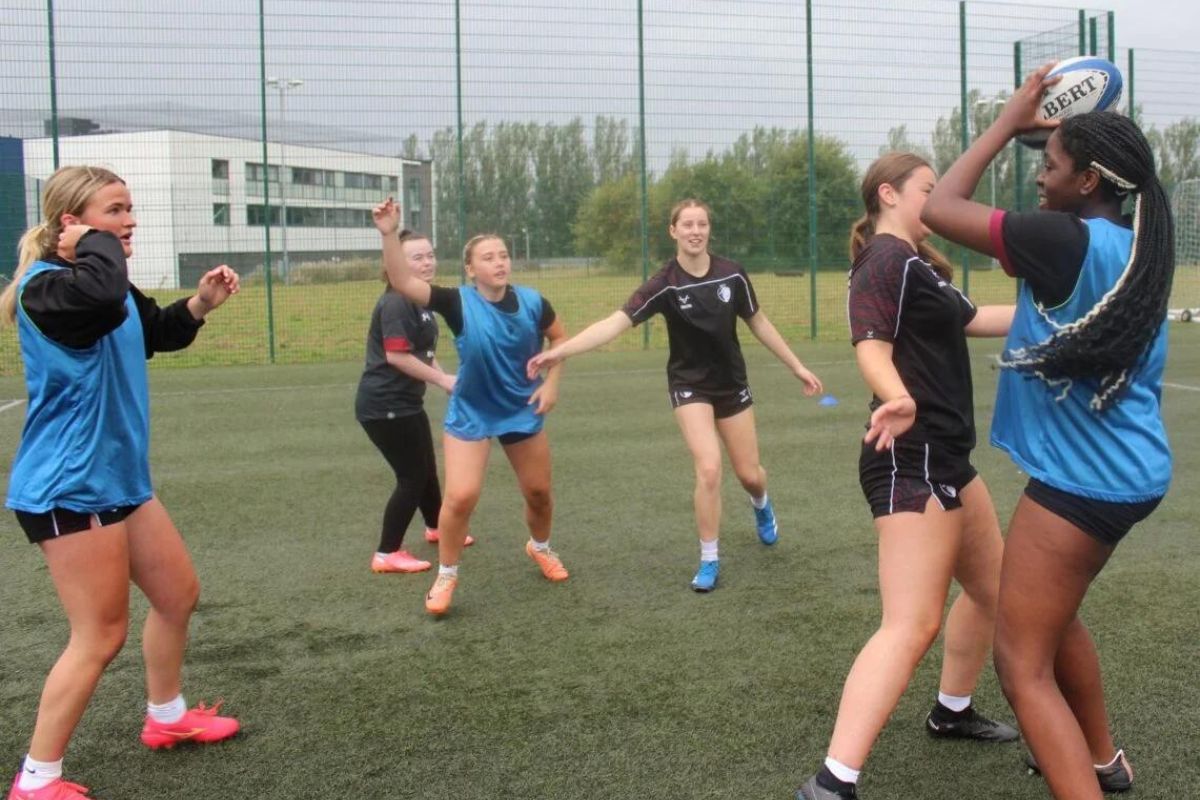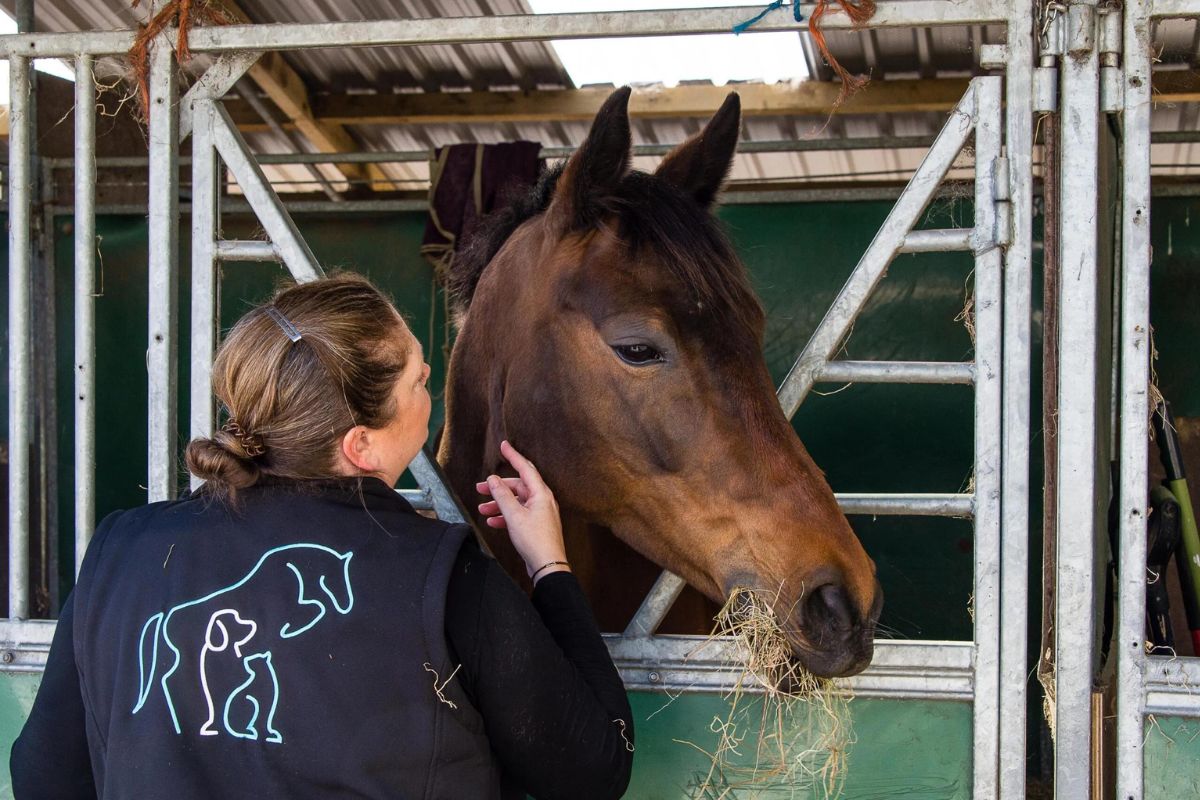IFS Annual Report on Education Spending in England 2023: Sector Response

This annual IFS report seeks to provide a clear and consistent comparison of the level and changes in spending per student across different stages of education.
Total Spending
1. In 2022–23, total public spending on education in the UK stood at £116 billion (including the cost of issuing student loans and in 2023–24 prices). In real terms, this represents an 8% or £10 billion fall since 2010–11.
2. Education spending has also fallen as a share of national income, from about 5.6% of national income in 2010–11 down to about 4.4% in 2022–23. This is about the same share of national income as in the early 2000s, mid 1980s and late 1960s. There has been no long-run increase in the share of national income devoted to public spending on education, despite large rises in education participation over the long run.
Further Education & Skills
1. In the 2023–24 academic year, we estimate that spending per student aged 16–18 in further education (FE) colleges will be £7,100, compared with £5,800 in school sixth forms and £5,400 in sixth-form colleges. Higher funding for FE colleges reflects extra funding for costly technical programmes and for students from more deprived areas.
2. Between 2010–11 and 2019–20 financial years, spending per student aged 16–18 fell in real terms by 14% in colleges and 28% in school sixth forms. For colleges, this left spending per student at around its level in 2004–05, while spending per student in sixth forms was lower than at any point since at least 2002.
3. In the 2021 Spending Review, the government announced £1.6 billion in extra funding for colleges and sixth forms by 2024–25. Yet even with the additional funding, college spending per student in 2024–25 will still be about 10% below 2010–11 levels, and school sixth-form spending about 23% lower than in 2010–11.
4. The government announced extra funding in July and October 2023 to enable colleges to afford higher staff pay rises and to increase funding rates for GCSE retakes. However, none of this was new funding. It all came from existing plans. Student numbers have increased by less than expected and the government could thus increase funding rates by more than planned.
5. The main driver of slower growth in student numbers is a 13% decline in the number of 18-year-olds in further education between 2019 and 2022. This reflects falling levels of participation in education and training amongst 18-year-olds, which has fallen from 73% in 2015 to 70% in 2020 and to 66% in 2022. There has been a gradual rise in the share of 18-year-olds in employment (up from 14% in 2014 to 19% in 2022). The share of 18-year-olds who are not in education, employment or training (NEET) was at 16% in 2022, near equal to the share last seen in the Great Recession of the late 2000s.
6. The distribution of funding across areas is highly shaped by the share of students in (more highly funded) FE colleges, which leads to higher levels of spending per student in more disadvantaged areas and in Northern regions of England, with mostly lower spending levels in London. As a result, spending per student is about 9% higher in the most deprived areas than in the least in 2023–24, up from about 4–5% in 2013–14. This increase reflects the smaller cuts for FE colleges and greater funding for students in disadvantaged areas over time.
7. Total spending on adult skills is set to increase by 14% in real terms between 2019– 20 and 2024–25. However, this only reverses a fraction of past cuts: total adult skills spending in 2024–25 will still be 23% below 2009–10 levels. Spending on classroom-based adult education has fallen especially sharply, driven by falling learner numbers and real-terms cuts in funding rates, and will still be over 40% below 2009–10 levels in 2024–25 even with the additional funding.
8. Following on from big increases between 2010 and 2015, the total number of adult apprentices (aged 19 or over) has declined by 16% since 2016–17 and the introduction of the apprenticeship levy. However, the number of higher apprentices, including degree apprentices, has trebled in the same period.
Read the full report here.
Sector Response
Liberal Democrat Education Spokesperson Munira Wilson MP said:
“This Conservative government has let down our children. Today’s IFS report shows that schools serving the most disadvantaged children have faced the biggest spending cuts.
“Tutoring could have been at the core of an ambitious catch-up plan, but instead the Tories botched the contract with Randstad and spent just a third of what their own advisers said was needed. The result is that the GCSE results gap between disadvantaged pupils and their classmates is the highest in a decade.
“Liberal Democrats would invest in our children’s future and offer free small-group tutoring to 1.75 million children a year who struggle with their learning. The Conservative Government must put our young people first and provide schools with the resources they desperately need.”
Daniel Kebede, General Secretary of the National Education Union, said:
“This is a damning indictment of the Government’s failure to invest in education since 2010.
“While the Prime Minister speaks regularly of wanting to create a world class education system, the policies of his Government are resulting in the exact opposite. There is no end in sight for the perilous funding situation in our schools, sixth form colleges and early years education. This is having a serious impact on the education of children and young people and, as the IFS report shows, on those who are the most disadvantaged.
“School costs have grown faster than inflation over the period, and education spending has fallen sharply as a percentage of GDP. The National Funding Formula and Minimum Per Pupil levels have siphoned money away from the areas in greatest need meaning the poorest bear the greatest burden.
“Persistent underfunding has led to deep and lasting effects on the education sector. Class sizes are at record levels – primary class sizes are the highest in Europe and secondary class sizes are the highest since records began more than 40 years ago. All children deserve to be taught in classes of fewer than 30 led by a qualified teacher, but this is simply not being addressed. Nor is the recruitment and retention crisis, when the government cannot even meet its own targets in teacher training. No wonder teachers are leaving the profession in high numbers.
“2024-25 promises more of the same. Core school funding will rise by only 1.9% on average. This is well short of expected increases in school costs and below Office for Budget Responsibility forecasts for inflation. The NEU estimates that 92% of schools will be unable to cope with cost increases in 2024-25 without making cuts to education provision. This means 99% of secondary schools and 91% of primary schools will need to make cuts to survive.
“The Chancellor made no effort to address any of this in his recent Autumn Statement. Heads cannot hope to keep pace with rising costs and are being left to muddle through once more. It is clear that an increase in school funding of £1.7bn in 2024-25 is needed in order to protect provision in schools and colleges, and to finally address the recruitment and retention crisis. But this will only be a sticking plaster for the deeper problems created on this Government’s watch.”
Geoff Barton, General Secretary of the Association of School and College Leaders, said:
“This report shows the reality behind the government’s boasts about record funding for schools. Investment has in fact failed to keep pace with school costs and it is a particularly poor reflection on the government’s priorities that schools serving disadvantaged children have faced the biggest cuts. And this picture of underinvestment is worse still in other parts of the education system which often get less attention but which are of vital importance – early years education, colleges and sixth forms.
“Nothing in the Chancellor’s recent Autumn Statement addressed this dire situation and it is therefore inevitable that more spending cuts will be needed and the room for meaningful pay awards that address the staff recruitment and retention crisis will be severely constrained. Education is not only crucial to the life chances of children and young people but also a key lever of the economic growth that has proved so elusive. Instead, the government has put its faith in tax cuts as a pre-election sweetener.”
Julian Gravatt, deputy chief executive, Association of Colleges said:
“Despite the Government’s decision to invest in further education, the IFS has confirmed today that funding for 16 to 18-year-olds is below levels from 15 years ago. The report also highlights that the proportion of 18-year-olds not in education, employment or training (NEET) is at a 15-year high, steep declines in the number of adult learners and public funding levels, and a 16% fall in the number of apprentices since 2016.
“Although spending on 16-18 education and adult skills increased in 2021, the report clearly explains that inflation has eaten into the value of the funds available, and enrolments have fallen short of expectations because young people have dropped out of education.
“Colleges cannot keep doing more with less, and across the country they are living with the consequences of consistent funding reduction over the past decade. The FE sector delivers high-quality post-16 education and training for millions of learners, and has a key role to play in growing the economy and meeting the priorities set out by both the Government and the Labour party.
“This IFS report reinforces what we already know: that much more funding is desperately needed for colleges to fulfil their potential.”











Responses